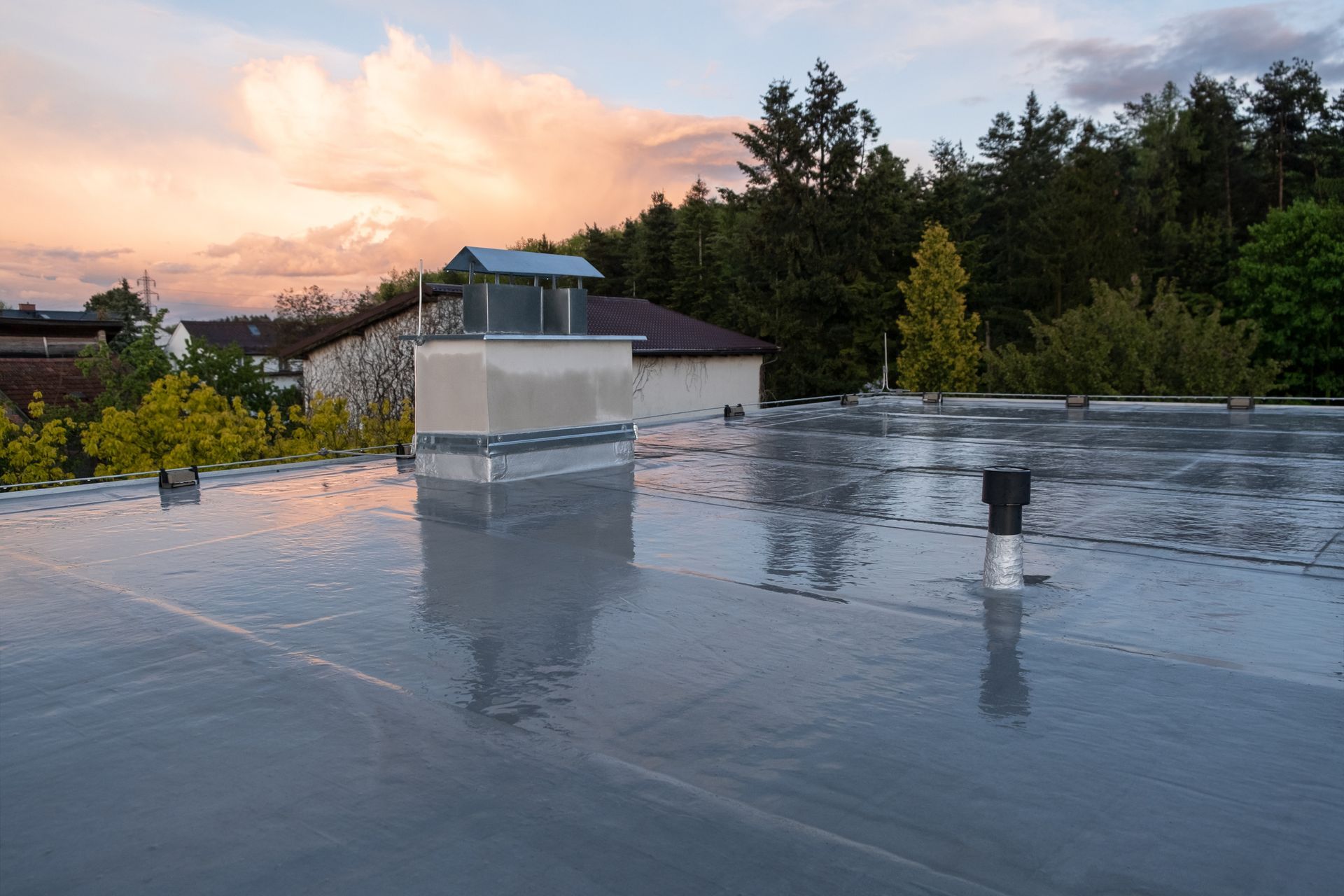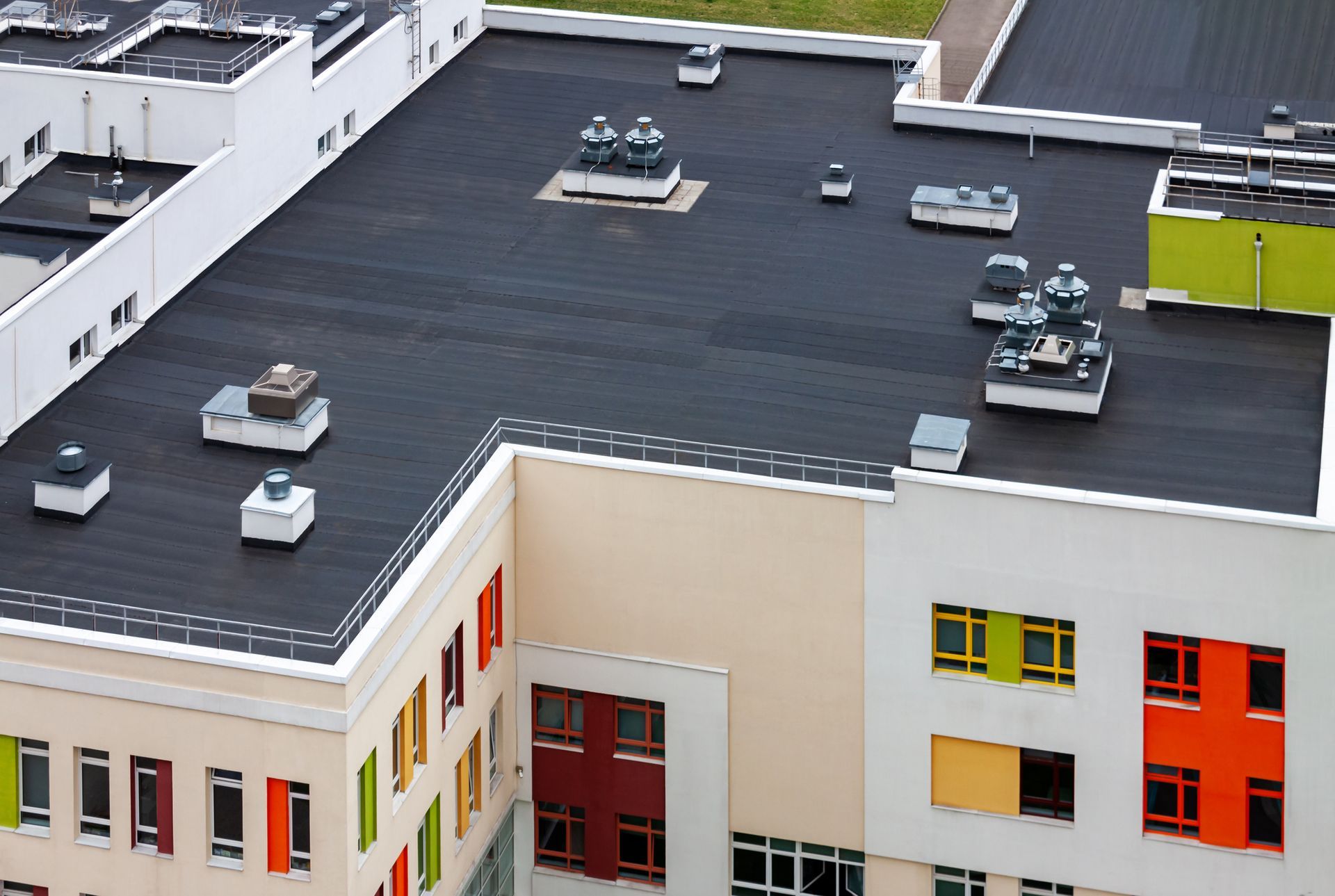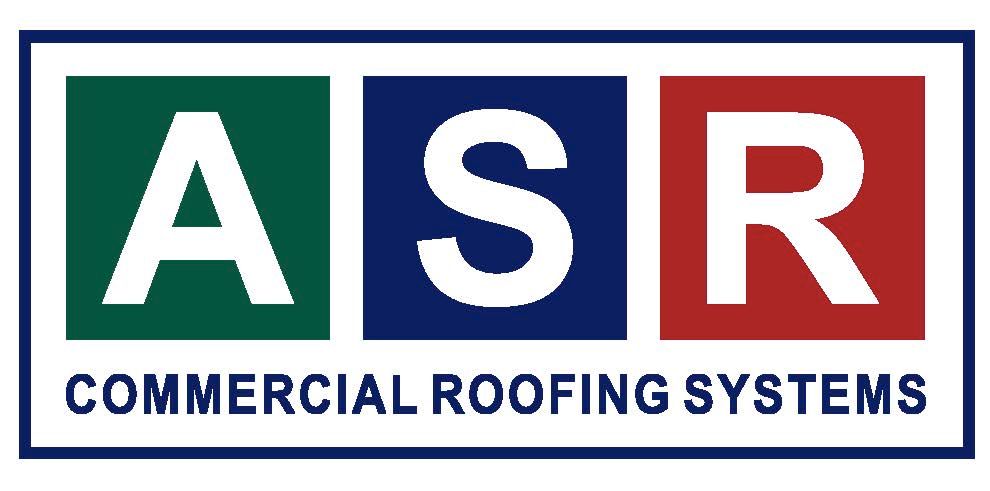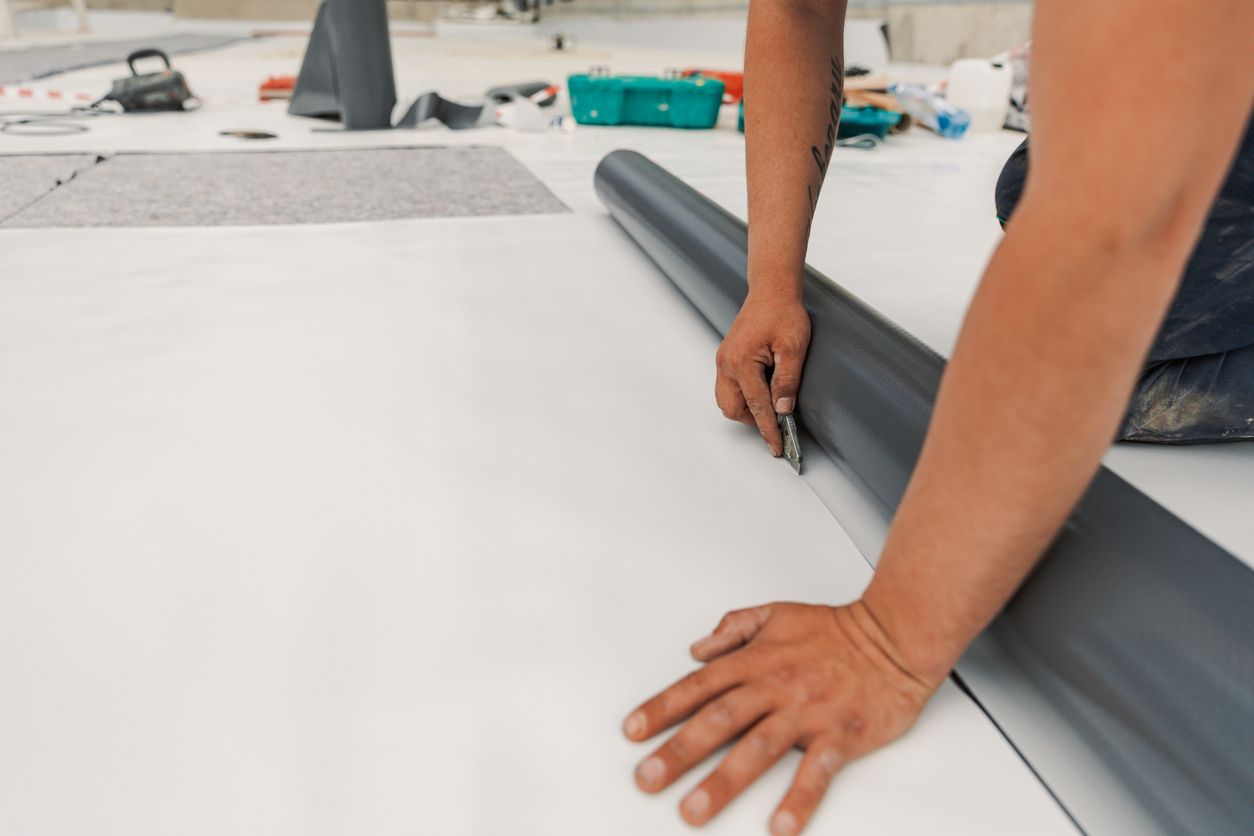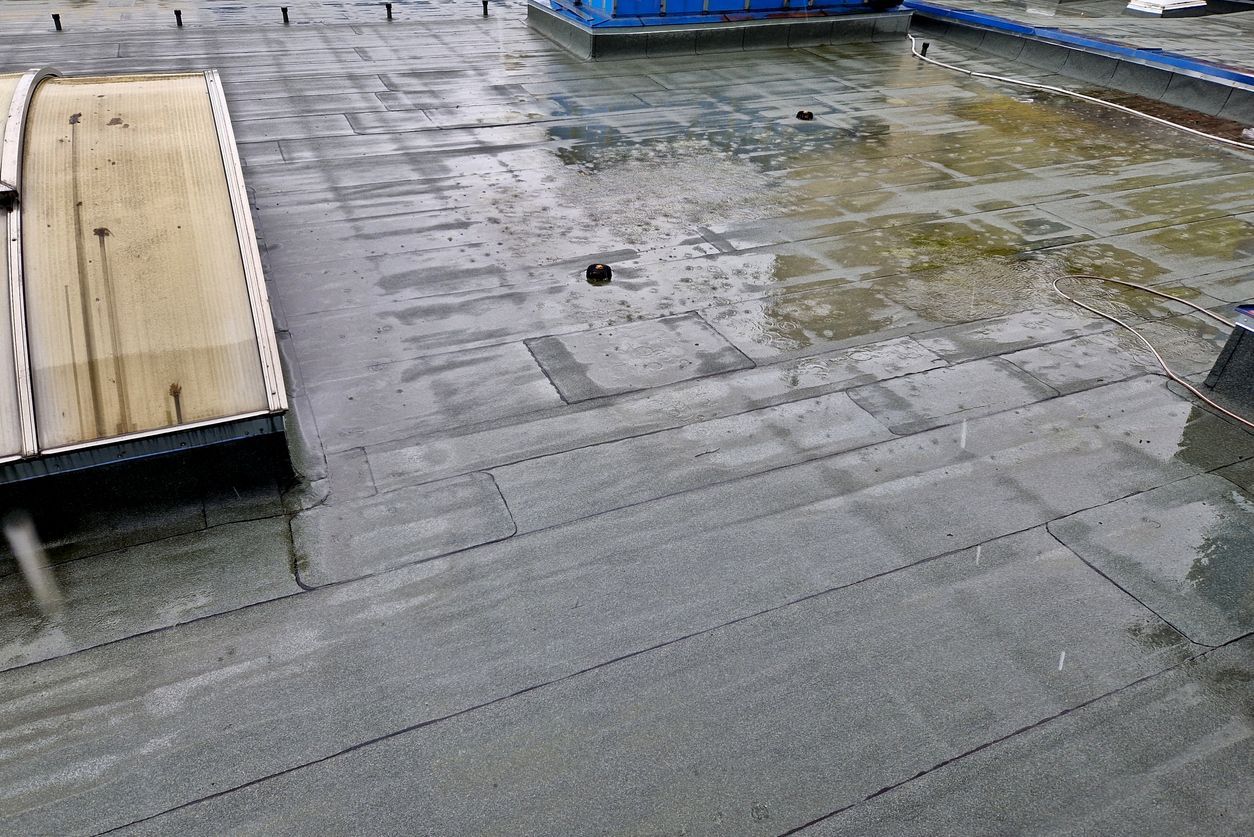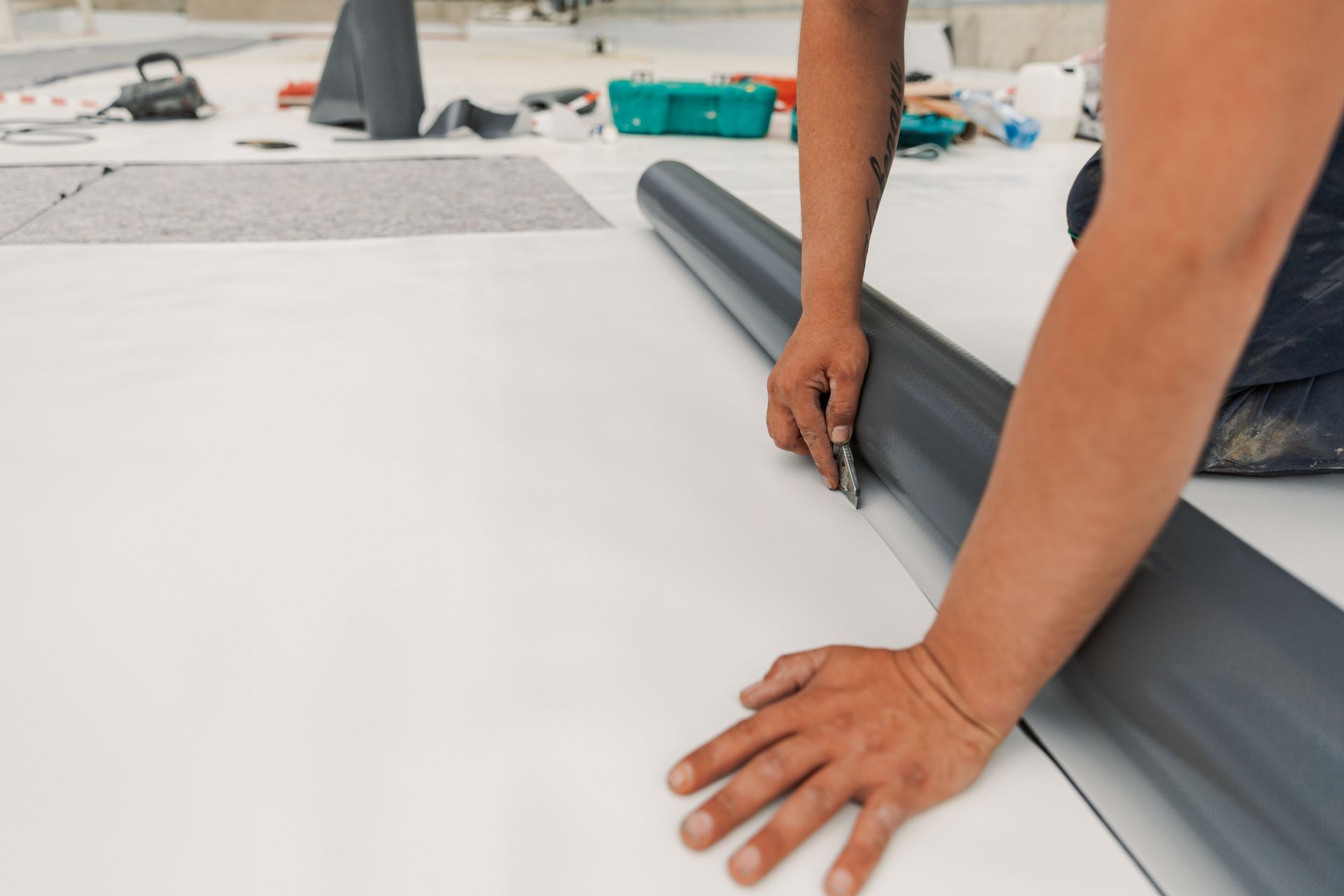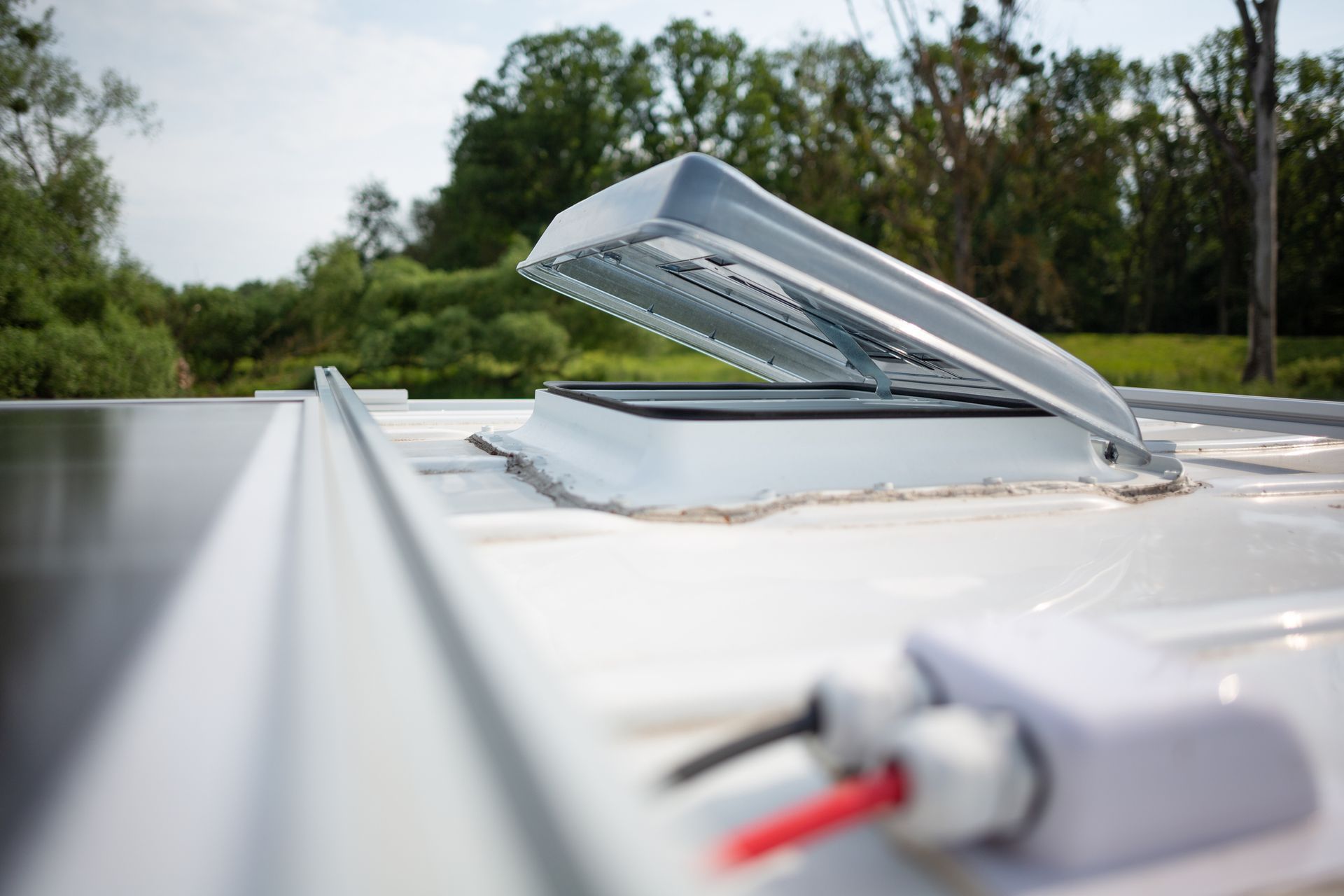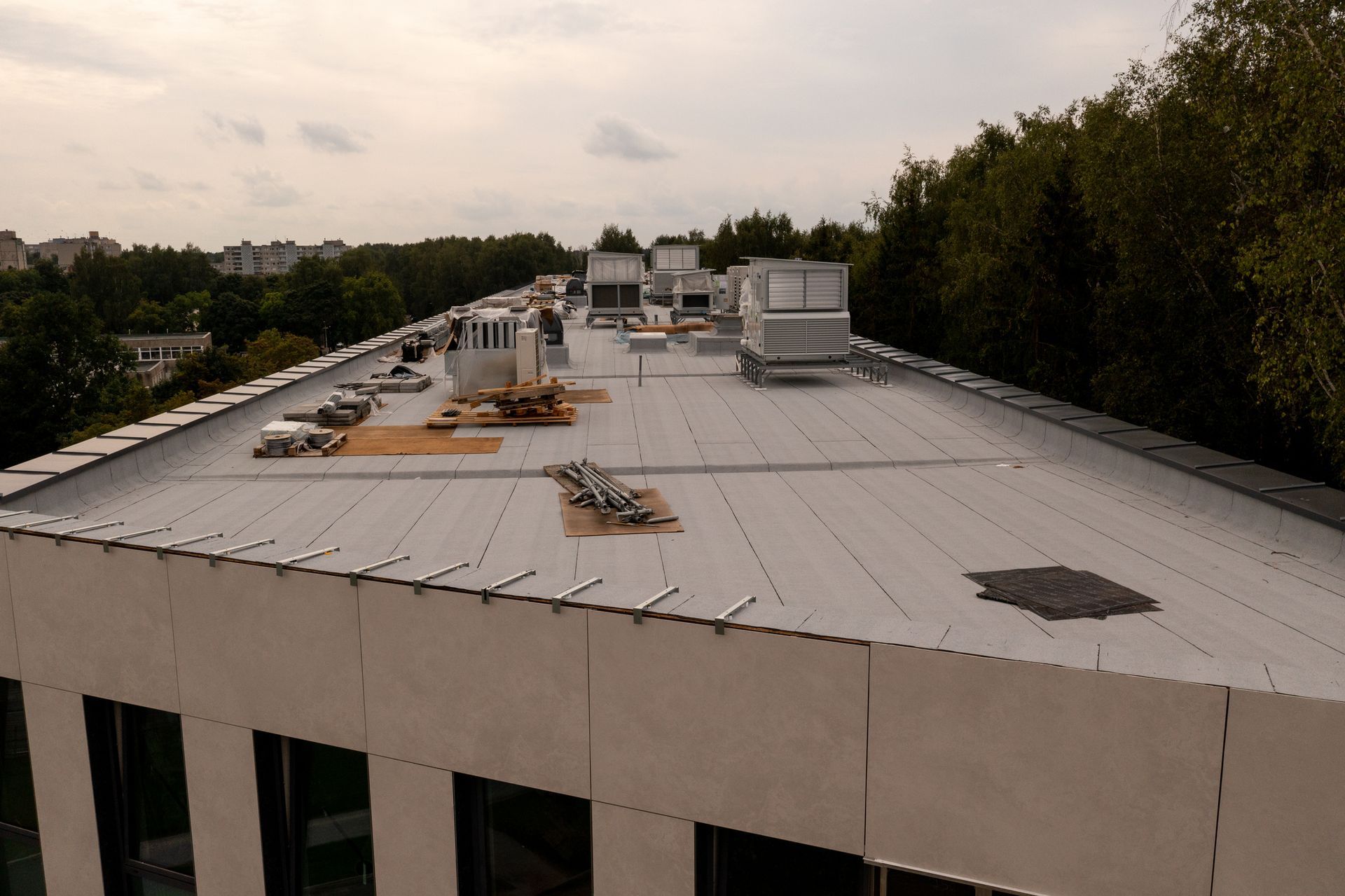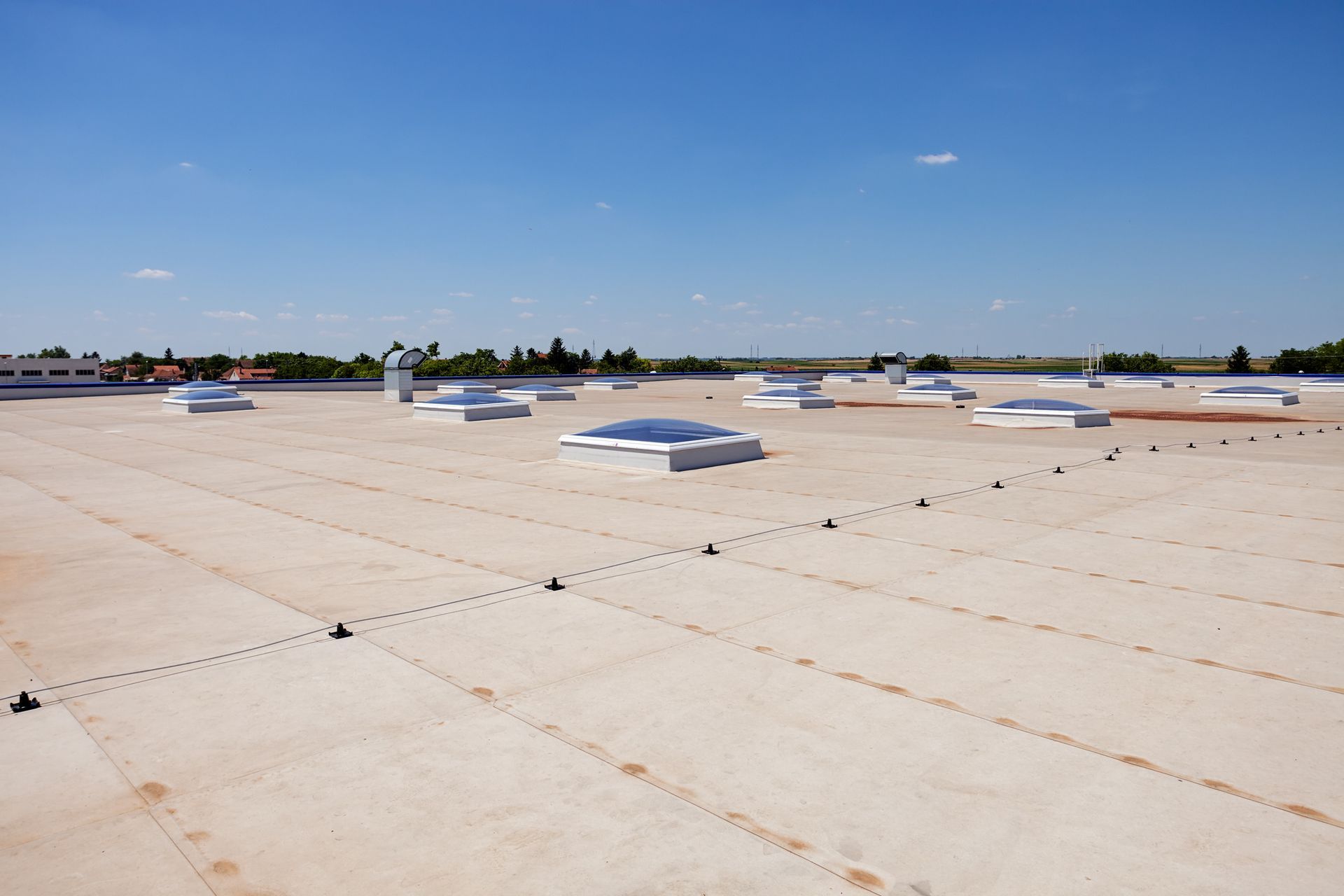Know These 3 Compliance Rules to Make Sure Your Roof is Up to Code
If you’re getting ready to invest in a commercial roof replacement, you will need to comply with certain energy codes. What most businesses don’t realize is that the two roofing code rules – ASHRAE 90.1-2016 and IECC 2018 – have different requirements.
Jason P. Wilen, Director of Technical Services for the National Roofing Contractors Association (NRCA), states that there may be some advantages to using one rule over another. When you meet with your roofing installer, discuss the differences between the two to determine the best roofing code choice for your project. These are the three main compliance rules and the differences between the two roofing codes.
Cool Roofing
Roofs that meet minimum requirements for solar reflectance can be found in buildings that sit in climate zones 1, 2, or 3. When you follow IECC rules, you have several roofing materials options. You can choose a roof with a Solar Reflectance Index (SRI) three-year aged equal to 64. You can also choose one that combines an aged thermal emittance equal to 0.75 OR with and SRI of 55.
Roofs that are exempt from this include those that have walkways, solar water or air heating, vegetation, PV systems, or skylights, so there is no requirement for testing the reflectivity of the HVAC system. If it’s a ballasted or shaded area, or if 75% of the roof meets any exemption criteria, you don’t have to worry about these rules.
ASHRAE rules also require that buildings registering slopes that are less than 2:12 have cool roofs. There are exemptions to the rule for metal buildings, non-cooled conditioned spaces, spaces that are semi-heated, and asphalt membranes in climate zones 1 or 0. With 90.1, you must have materials with a thermal emittance of 0.75 and reflectance of 0.55. Alternatively, you can have a product that has a three-year aged SRI of 64.
Minimum R-Values
Both ASHRAE 90.1 and IECC require insulation that has a similar R-value, but there is a significant difference in the approach to how those values are provided. If your facility has a low-slope roof, it’s important to understand these differences.
While ASHRAE 90.1-2016 makes reference to ASHRAE 169, it doesn’t adopt the climate zones scheme listed in “Climate Data for Building Research Standards.” If your county is split into two different climate zones, there may be different R-value rules for a roof.
And, even though tapered insulation systems are one of the most widely-used choices for low-slope roofs, neither code makes mention of compliance for these systems. The two codes do differ in how they approach compliance regarding minimum R-values.
The 2018 version of IECC allows varying thicknesses to account for the fact that there will be thinner insulation in some areas, such as around a scupper or drain. 90.1, on the other hand, requires that roofs meet a minimum thickness up to the edge of the drain, except in a few projects that meet criteria for exceptions.
Provisions for Re-Roofing
Both roofing code rules deliver particular instructions for a re-roofing project. In both instances, it is clear that, if the roofing system contains insulation that is completely above the deck and is part of the thermal envelope of the building, it adheres to particular rules for insulation R-values.
Also, the International Building Code has additional requirements. For example, re-roofing projects demand that all layers of coverings are removed, exposing the deck. While this might sound extreme, it also provides an excellent opportunity to improve the energy performance of your building.
The energy code can be complex, but the roofing professionals at All Seasons Roofing, LLC, have vast experience with commercial flat roofs and only use state-of-the-art systems that are designed to protect your building for many years to come.
At All Seasons Roofing, we specialize in EPDM and TPO roofing systems to ensure that your company receives the best products on the market. Contact us now to discuss your roofing needs. We serve commercial clients throughout Central Missouri and can help with roof repairs, replacement, and maintenance.
The post Know These 3 Compliance Rules to Make Sure Your Roof is Up to Code appeared first on All Seasons Roofing.
